10 ways to convey emotion in your artwork
Leading artists reveal the key to really engaging the viewer.
So you’ve learnt about all the different art techniques you can think of – composition, colour theory, anatomy, light, perspective and so on. But how do you put these together and manipulate them to create a memorable, moving image?
Want to know how to draw a scene with real emotion? Here are 10 helpful tips to get you started.
01. Utilize lighting
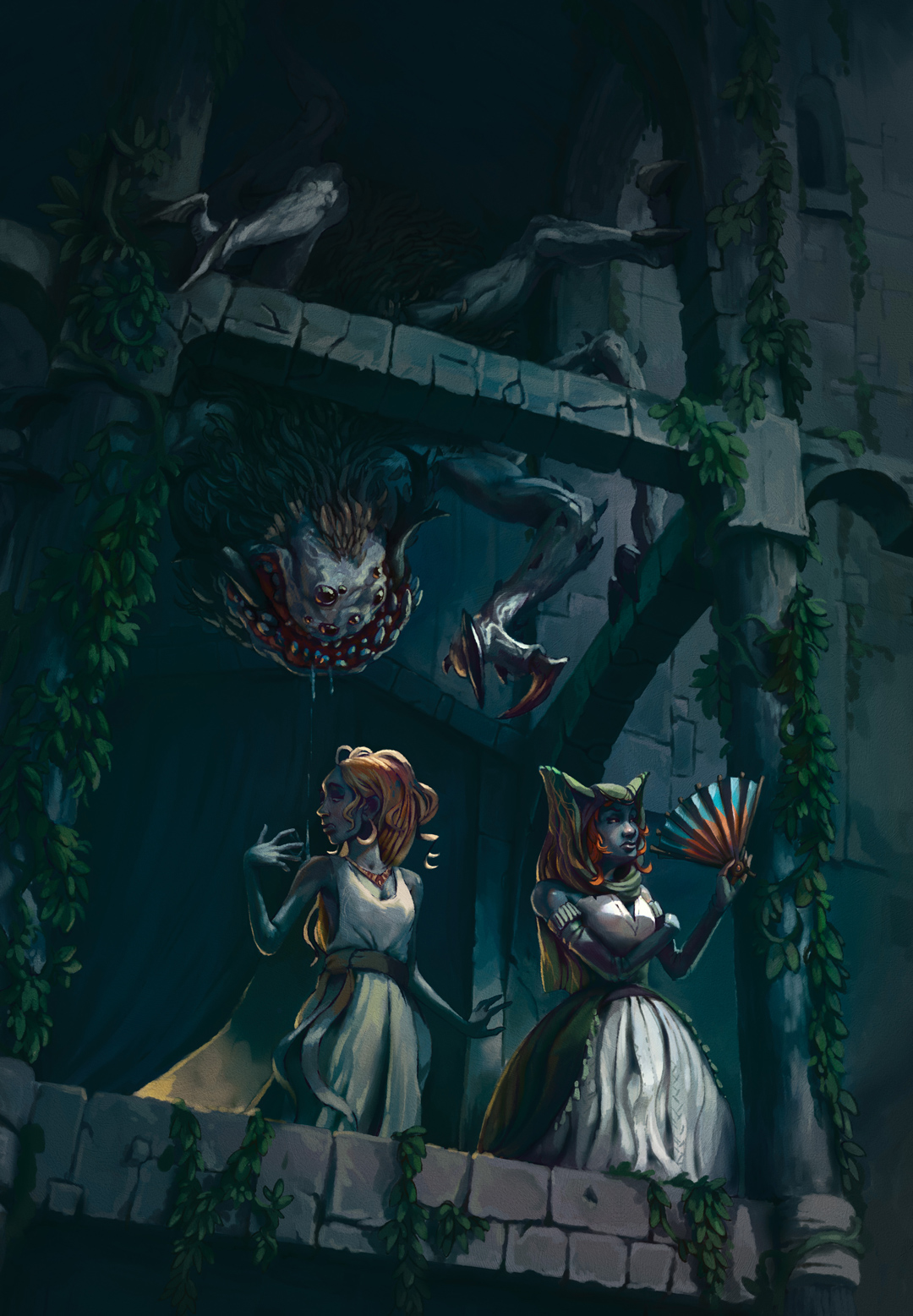
Platige Image artist Kamil Murzyn says: "Lighting is a very important factor in creating any mood and directing a story. I usually select a natural lighting condition which has some general rules, such as daylight, overcast light, or sunset; I then shift them to better fit the story and feeling I want to create.
"For a suspense-themed illustration, it’s a natural choice to pick lighting conditions that allow for high contrasts, so I choose a simple night sky with strong moonlight. Night and gloom always create a feeling of danger and horror."
02. Use real life
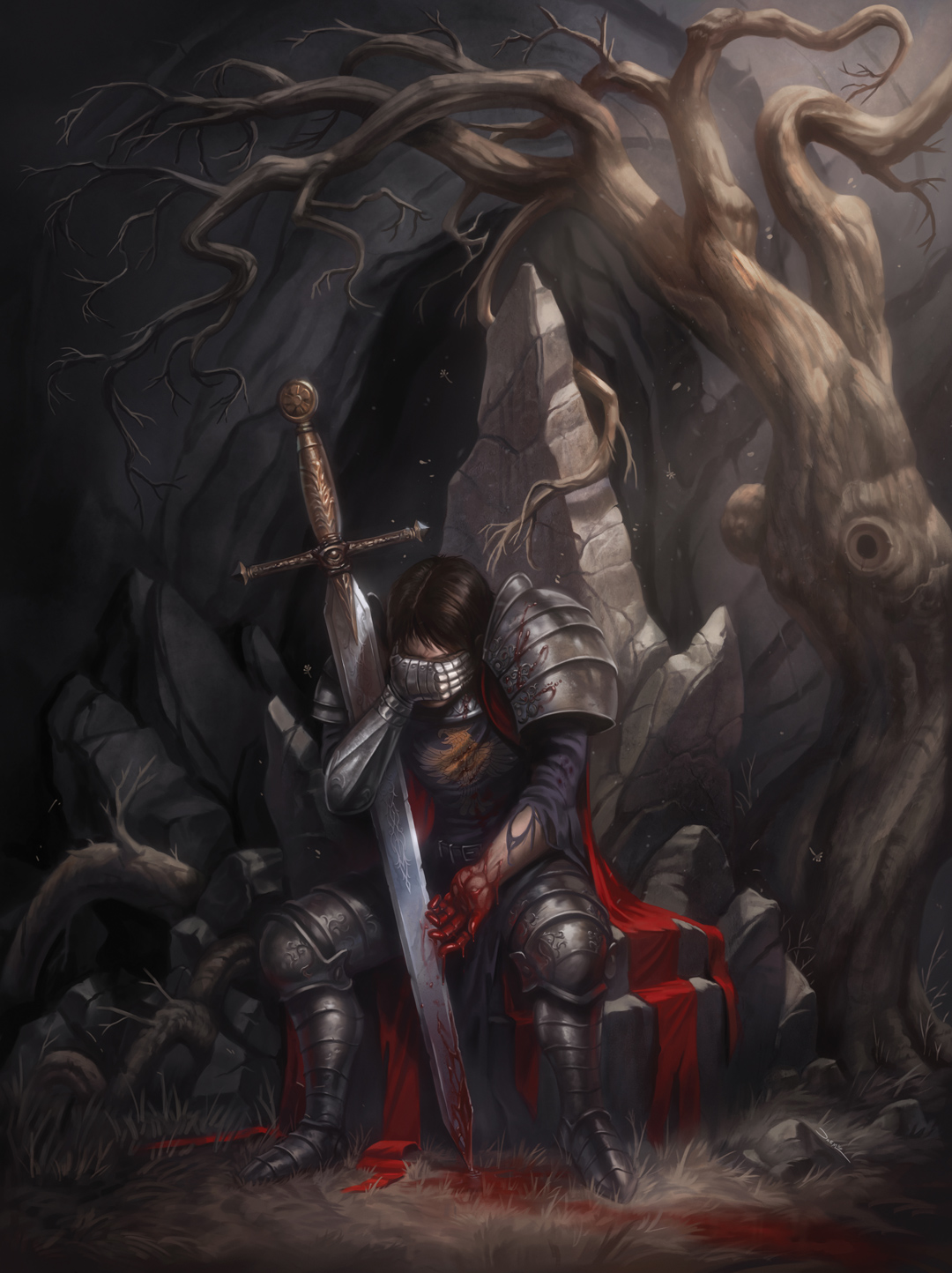
"Use your own experience when depicting emotions," says artist Damien Mammoliti. "When was the last time you experienced despair? How did it make you feel? If you could personify and create a character based on that emotion, how would it look? Asking yourself these questions can help you to create a narrative for your illustration."
03. Introduce symbolism
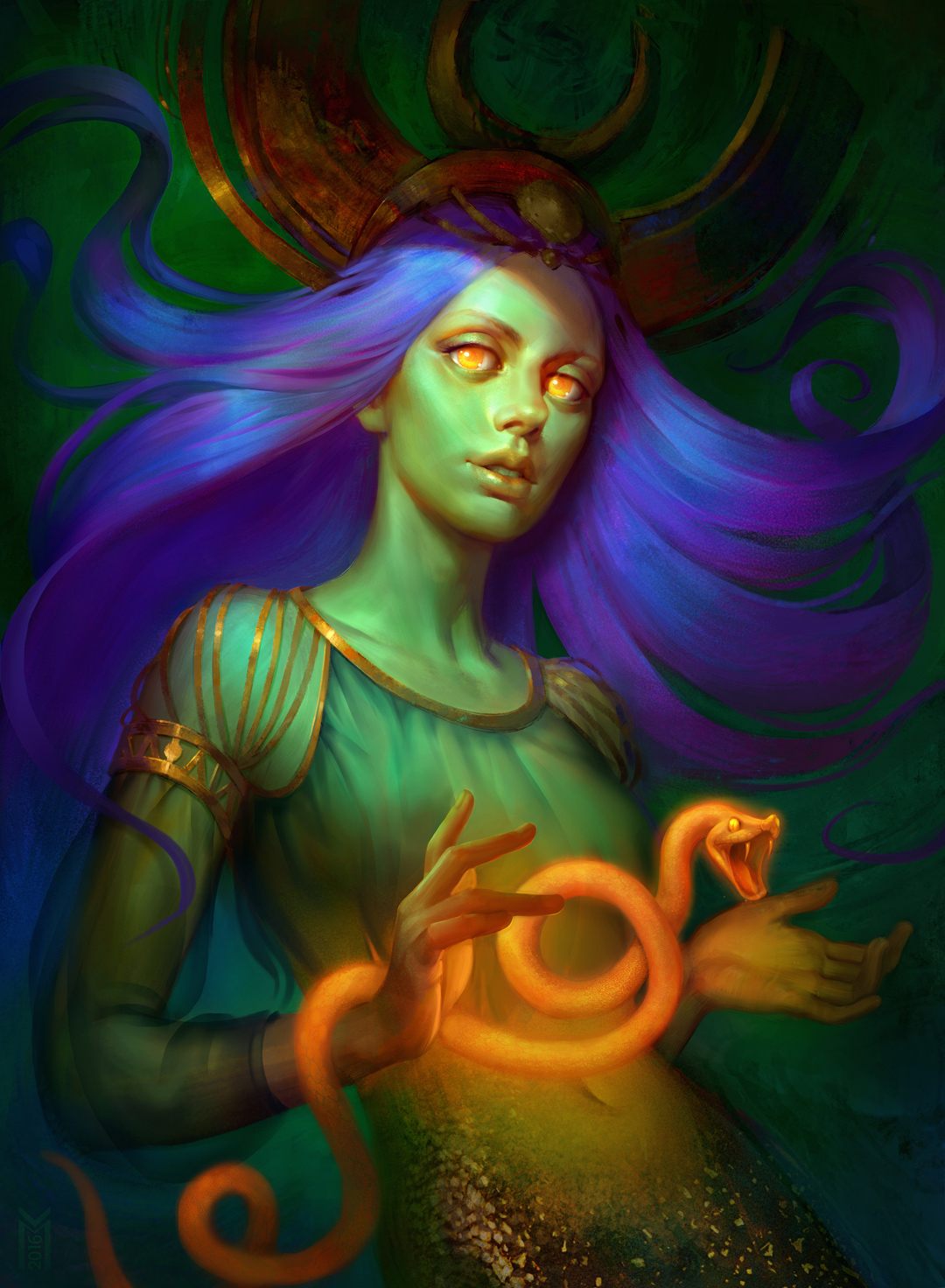
"Thinking on the theme of 'envy', I came up with the idea of a 'hot' yellow-orange snake in the girl’s hands," says freelance 2D artist Maria Poliakova. "Envy is a strong, sizzling, toxic feeling, and the warm coloured snake creates a strong contrast against the character’s cold, green skin. The yellow snake also complements the girl’s yellow eyes and scaly body."
04. Prepare with words as well as images
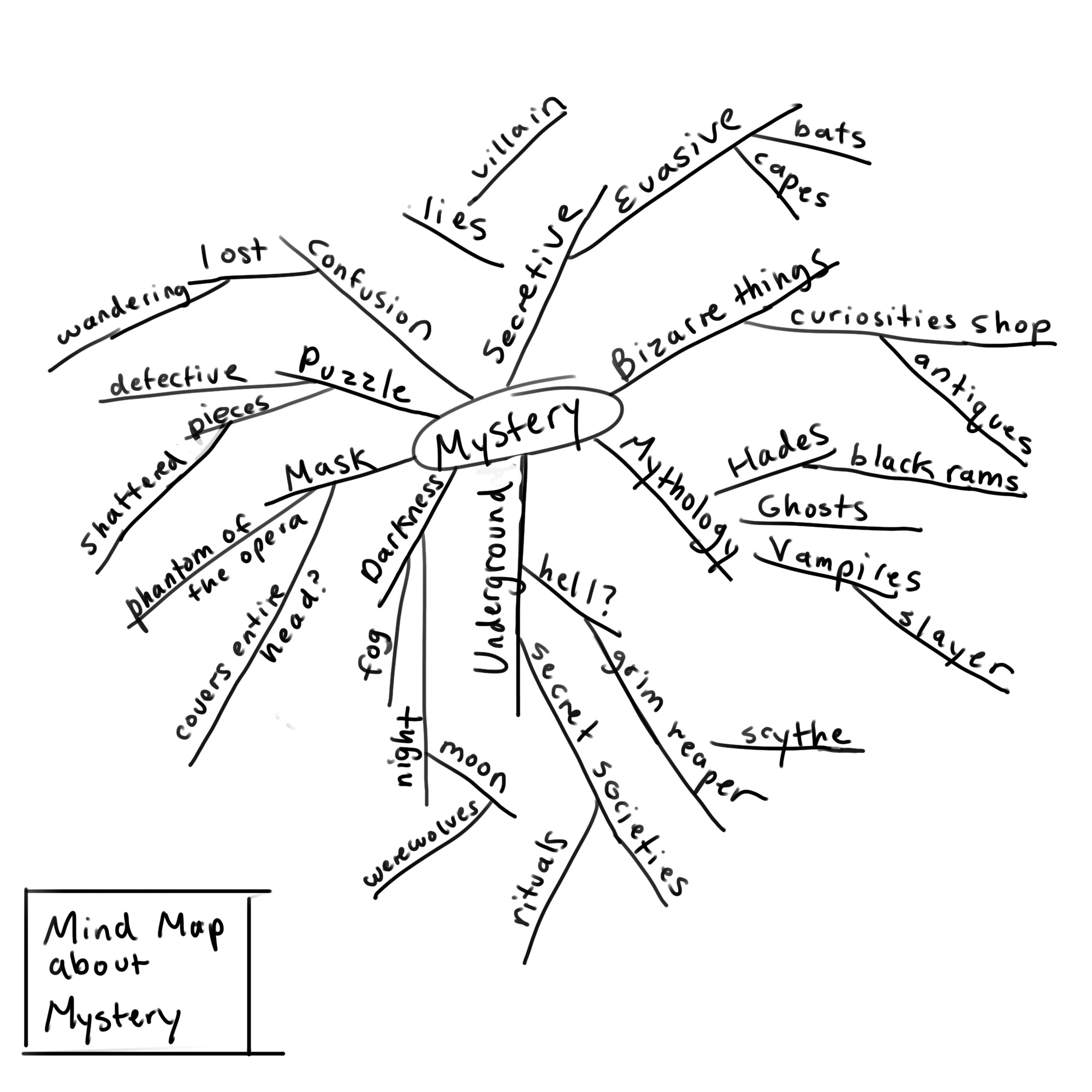
"A mind map is a graphical diagram of related thoughts and words about a subject," explains concept artist Emi Chen. "It includes a branching-out of ideas from a central starting point. In this case, I wanted the illustration to revolve around the concept of 'mystery', so I created a mind map focused on this word and what comes to mind.
Get the Creative Bloq Newsletter
Daily design news, reviews, how-tos and more, as picked by the editors.
"From there, I kept exploring various themes and subjects that relate to the word. I tried to exhaust all possibilities, exploring everything that I could until I was sure there were absolutely no more related ideas left."
05. Keep the story in mind
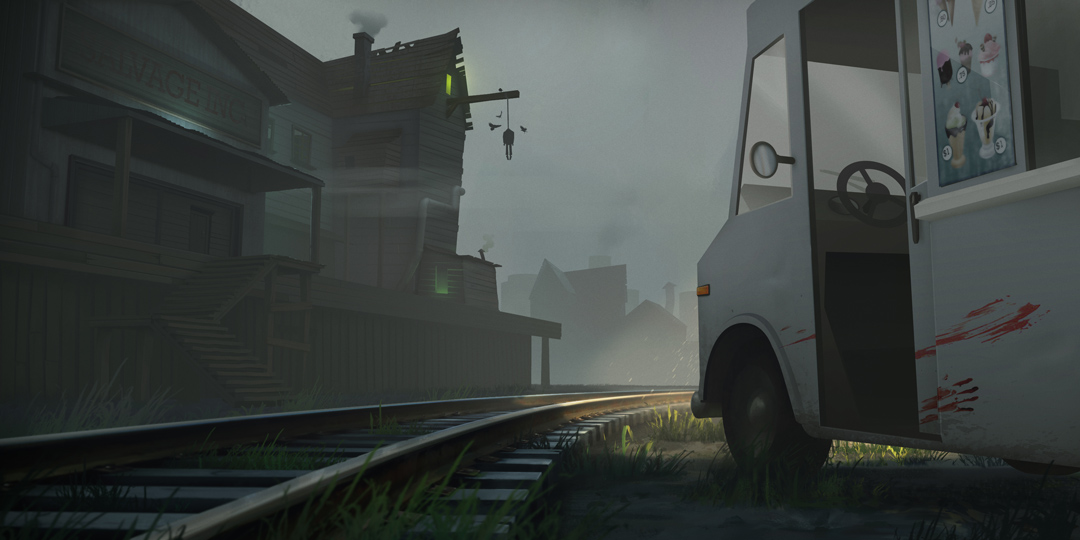
"Story is the overall idea or concept of the piece," says digital artist Andy Walsh. "Sometimes you make art that’s just pretty and you’ll notice it doesn’t get much attention. But throw in a little backstory or some elements that make us go deeper into the scene or character, and your audience will not just appreciate the piece but delight in it.
"Really think about elements that make your audience curious as to what’s going on and invite them in to explore. What’s in the box? Who’s around the corner? What story happened to get us to this scene?"
06. Convey sensory disruption
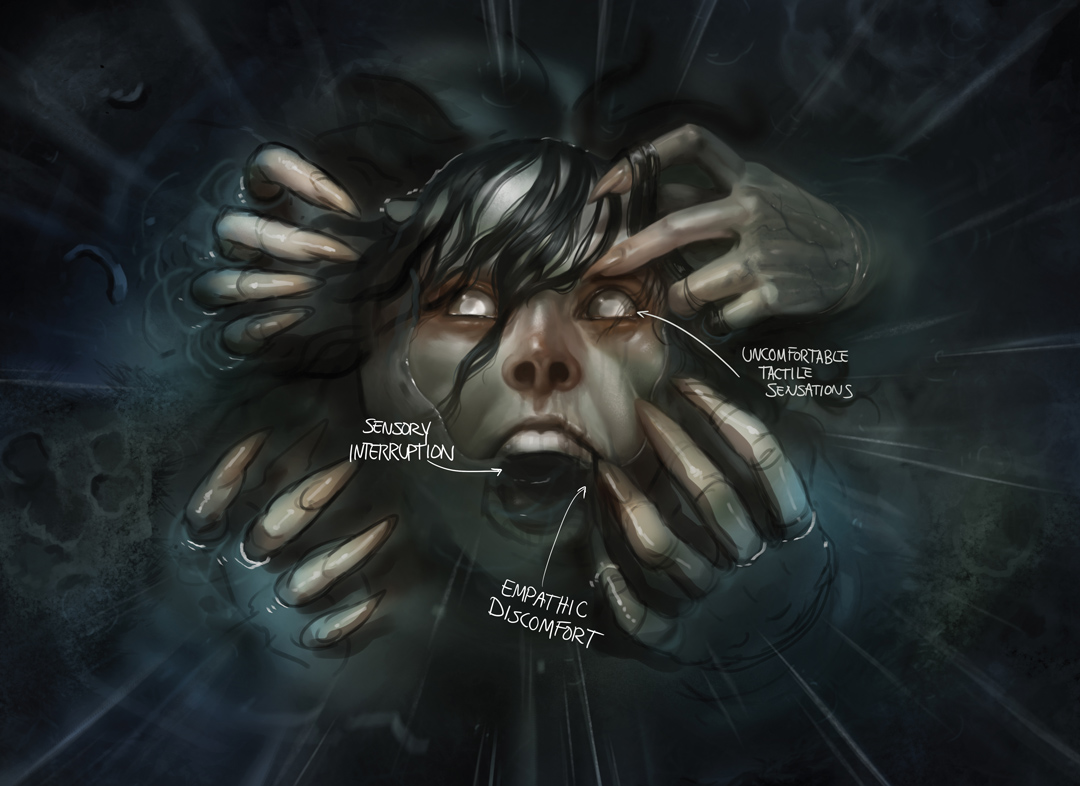
"Fear is a very interesting emotion to depict. using some basic ideas, we can easily evoke those emotions in the viewer," says Mammoliti. "Uncomfortable feelings like hair laying on an open eye, or water filling into the mouth, demonstrate what types of sensations can be played with in an image like this.
"Here, I can evoke empathy by disrupting useful sensations (such as tasting or breathing) or placing things where they are most unwanted. This helps the viewer gain empathy towards the subject matter, heightening their experience of the emotion."
07. Use narrative that others can associate with
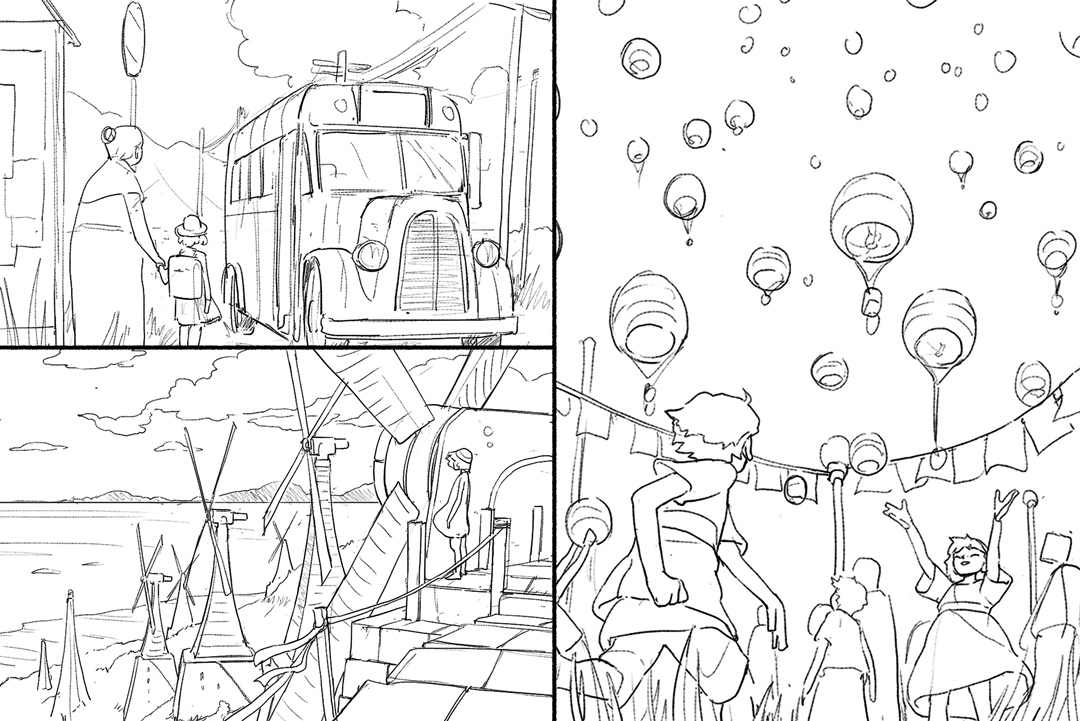
Illustrator Kevin Hong says: "Nostalgia is a very sentimental and wistful feeling linked with personal experiences, and although it’s a universally shared emotion, what triggers it can be very different for each person. That said, there are certain narratives that I think everyone can relate to. Moments of idling, waiting, or of childhood especially. With this in mind, I create several digital sketches to illustrate these moments."
08. Consider your composition carefully
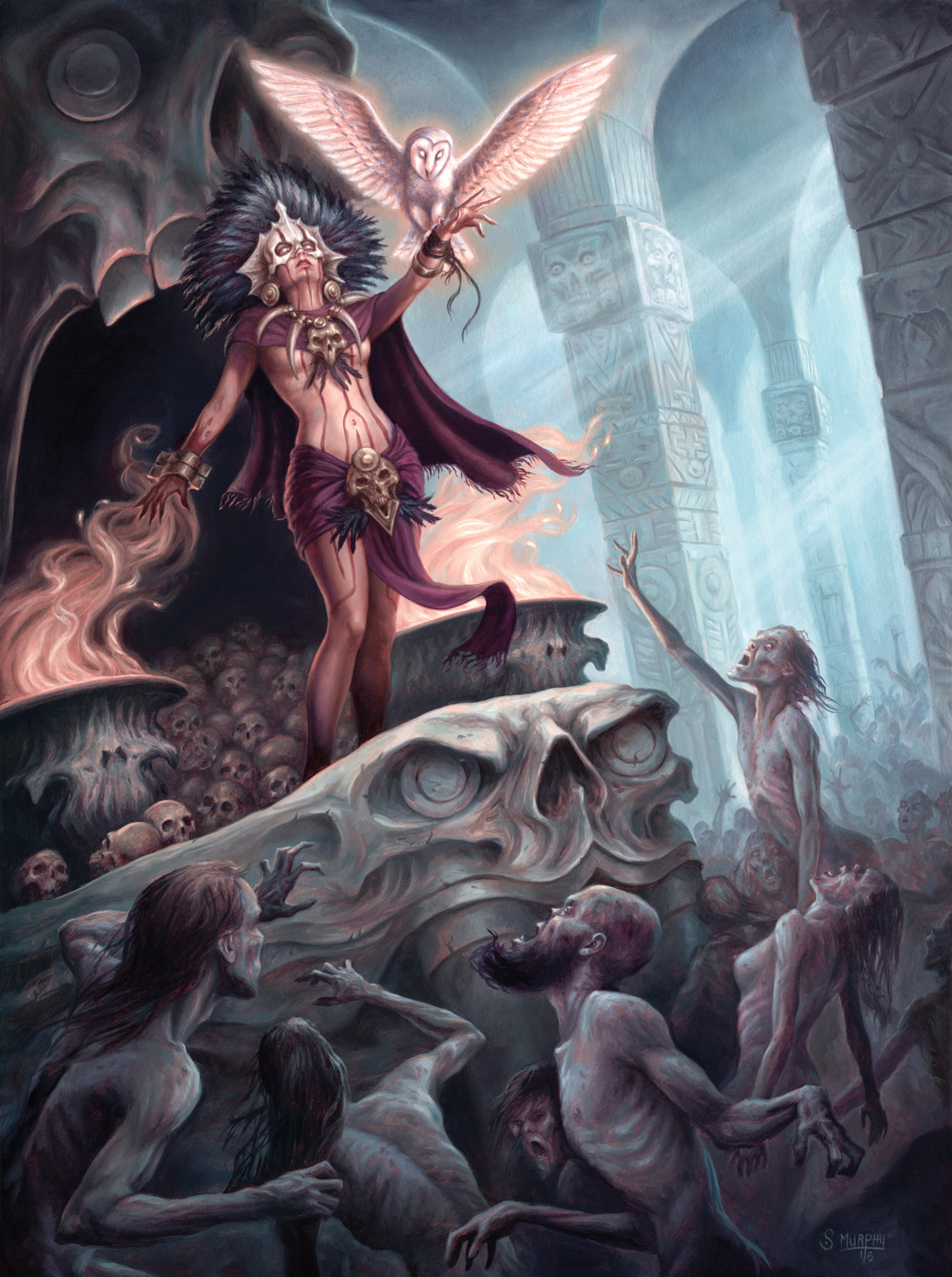
"I like to think about composition and the different viewpoints I can show my scene from, almost like having a movie camera in my mind and traveling around a scene trying to find the most interesting still shot to recreate," reveals illustrator Scott Murphy. "For this illustration, I consider which angle and composition will help to showcase the goddess and the surrounding crowd and set the mood accurately. Finding the right vantage point can help with the emotion or story you are trying to portray."
09. Play with colors to find the right mood
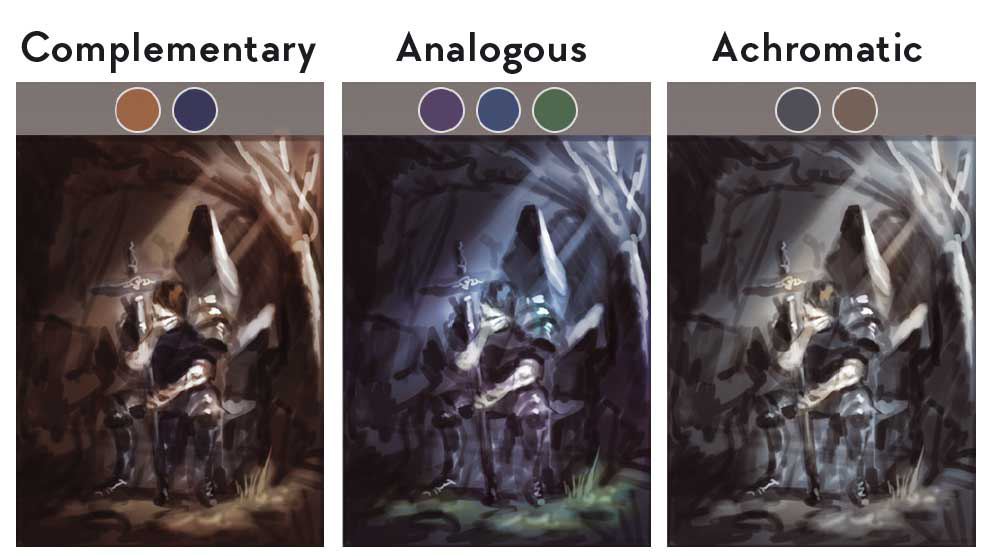
"When plotting out ideas for colours, I often like to test different ideas using some typical colour combinations; complementary, analogous, and achromatic combinations being some of my favourites," Mammoliti says.
"Complementary means what it sounds like: opposites on the colour wheel match well together and will often create a great contrast for paintings. Analogous colours are colours that sit next to one another on the colour wheel; these types of combinations will offer balance. Achromatic is the lack of saturation on those colours you’ve chosen, which can be used to make a more emotional scene. This image will have a slightly desaturated complementary palette to help reflect the feeling of despair."
10. Make sure you enjoy it
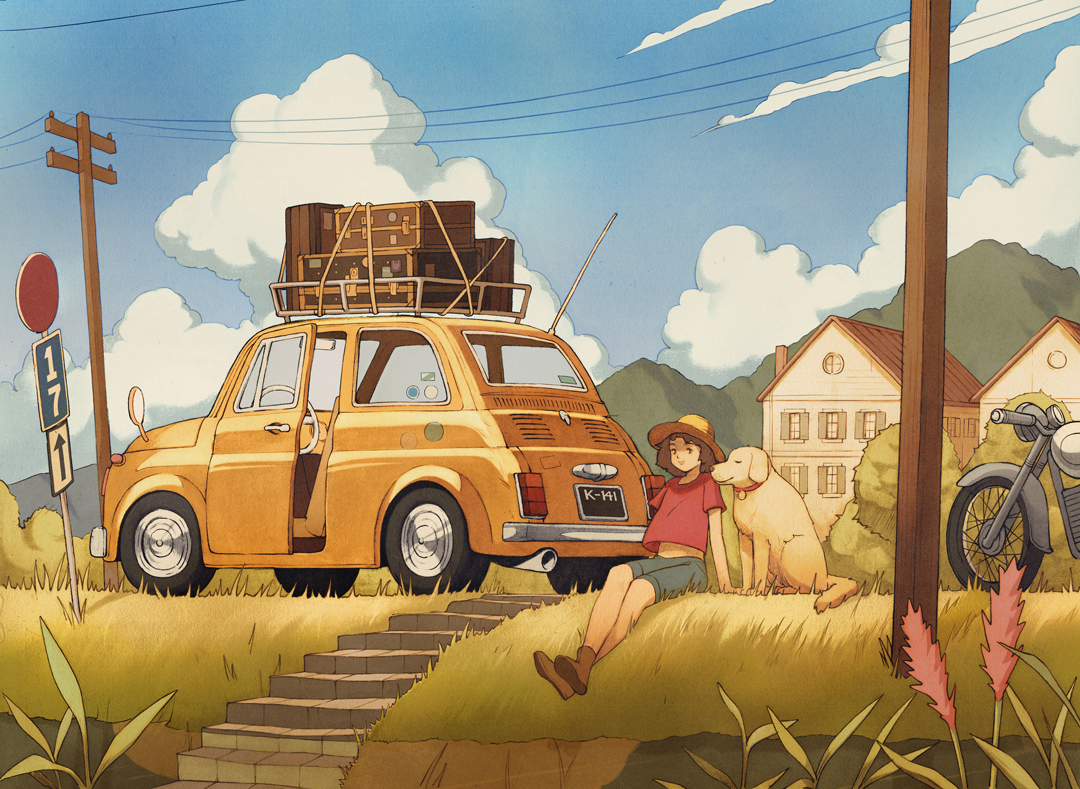
"The key to making interesting work is to make art that you find interesting," says Hong. "Indulge in what you enjoy creating, and try not to sabotage that by making work that conforms to an industry or a field. If you make work that you really enjoy and work hard at perfecting your craft, then you will find clients who will commission you for being you."
Read more:

Thank you for reading 5 articles this month* Join now for unlimited access
Enjoy your first month for just £1 / $1 / €1
*Read 5 free articles per month without a subscription

Join now for unlimited access
Try first month for just £1 / $1 / €1
